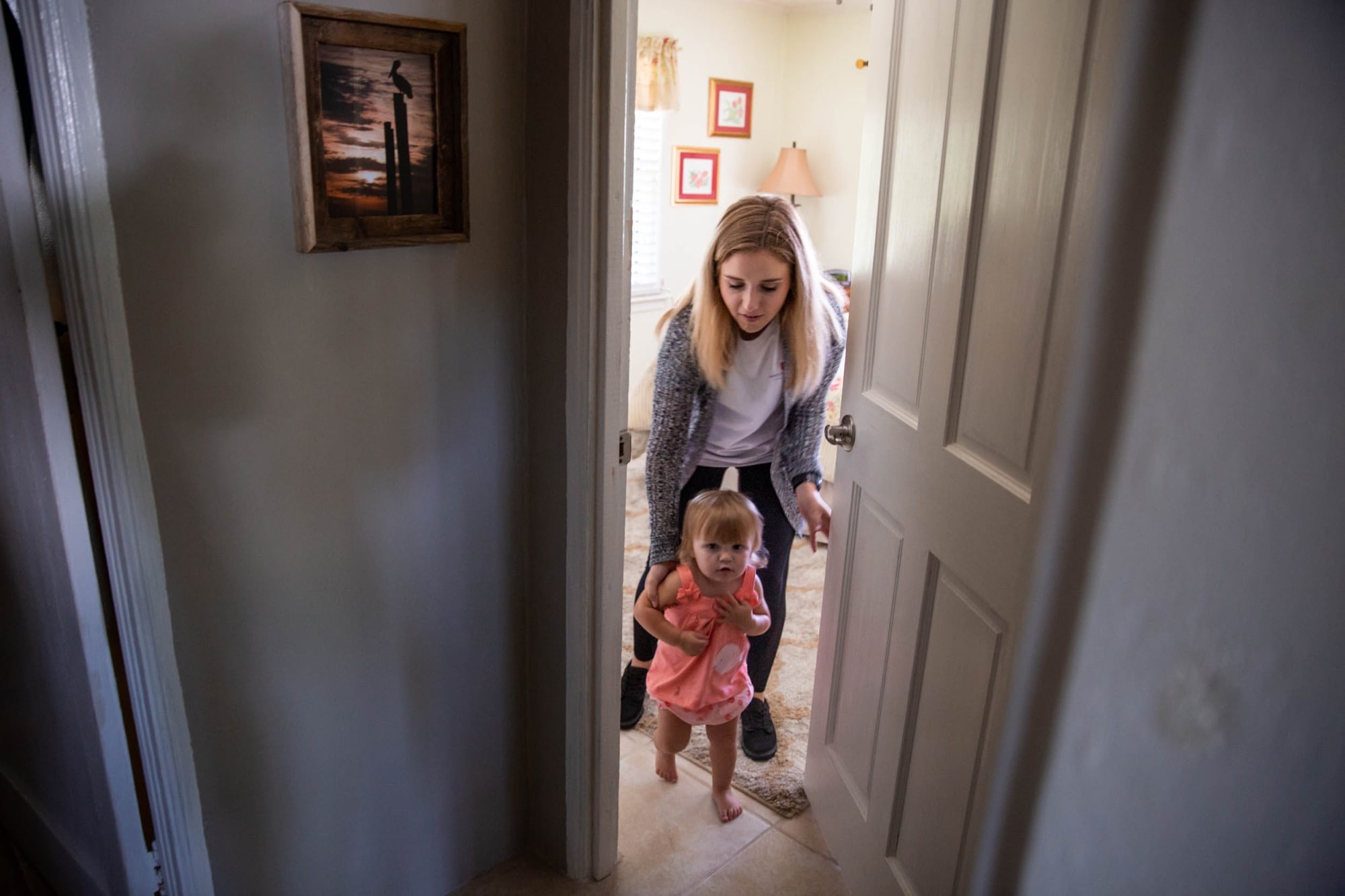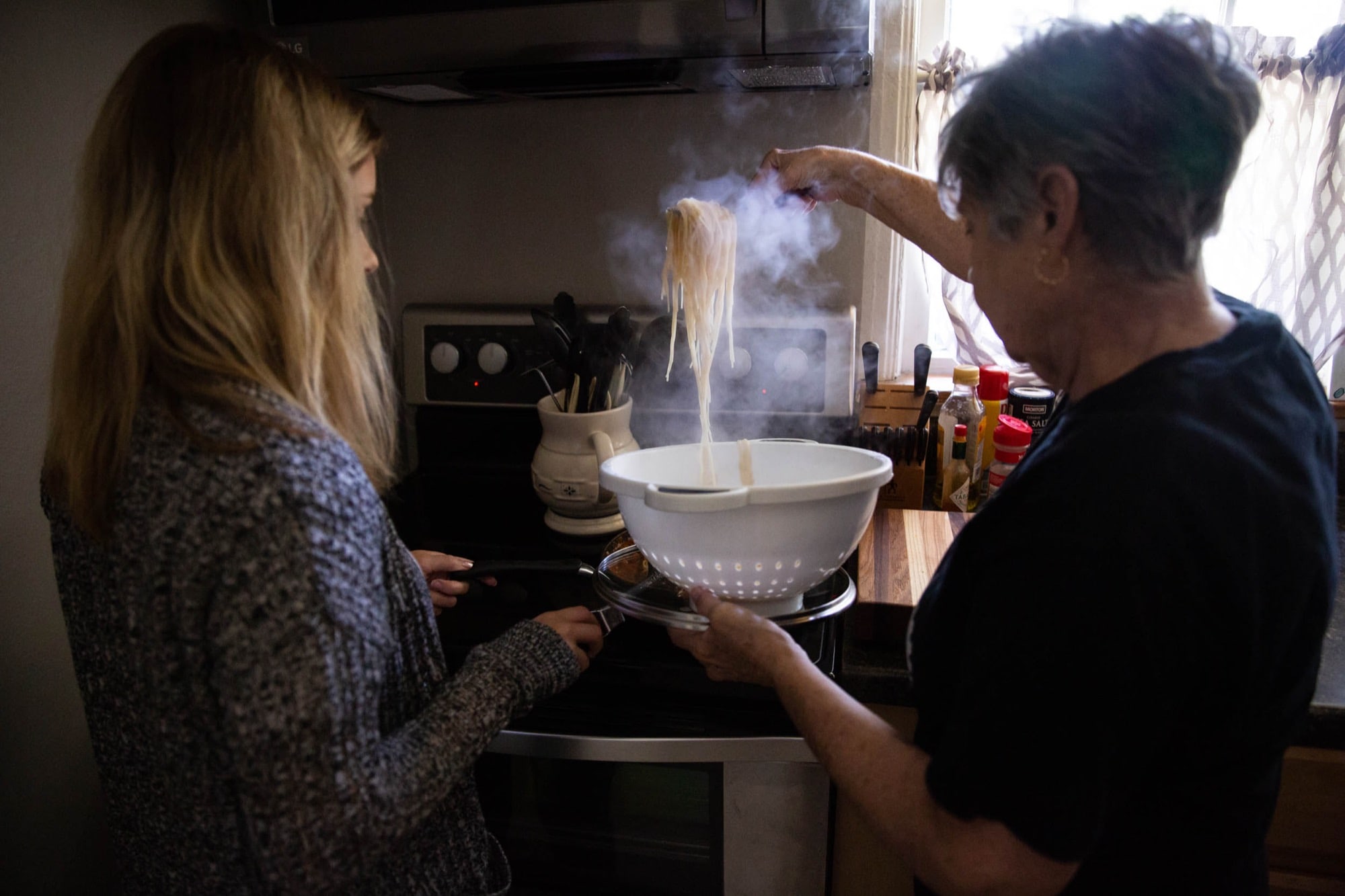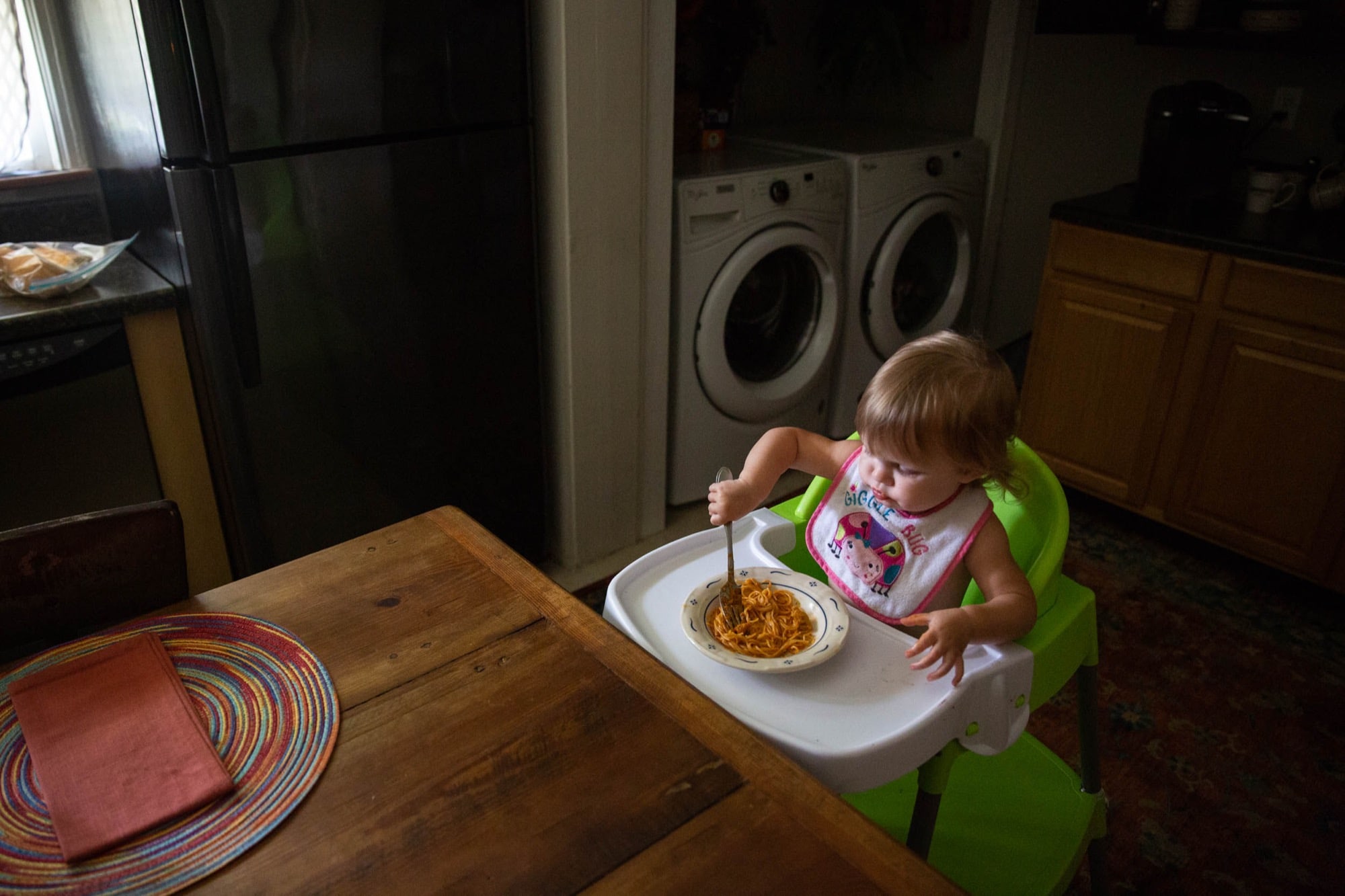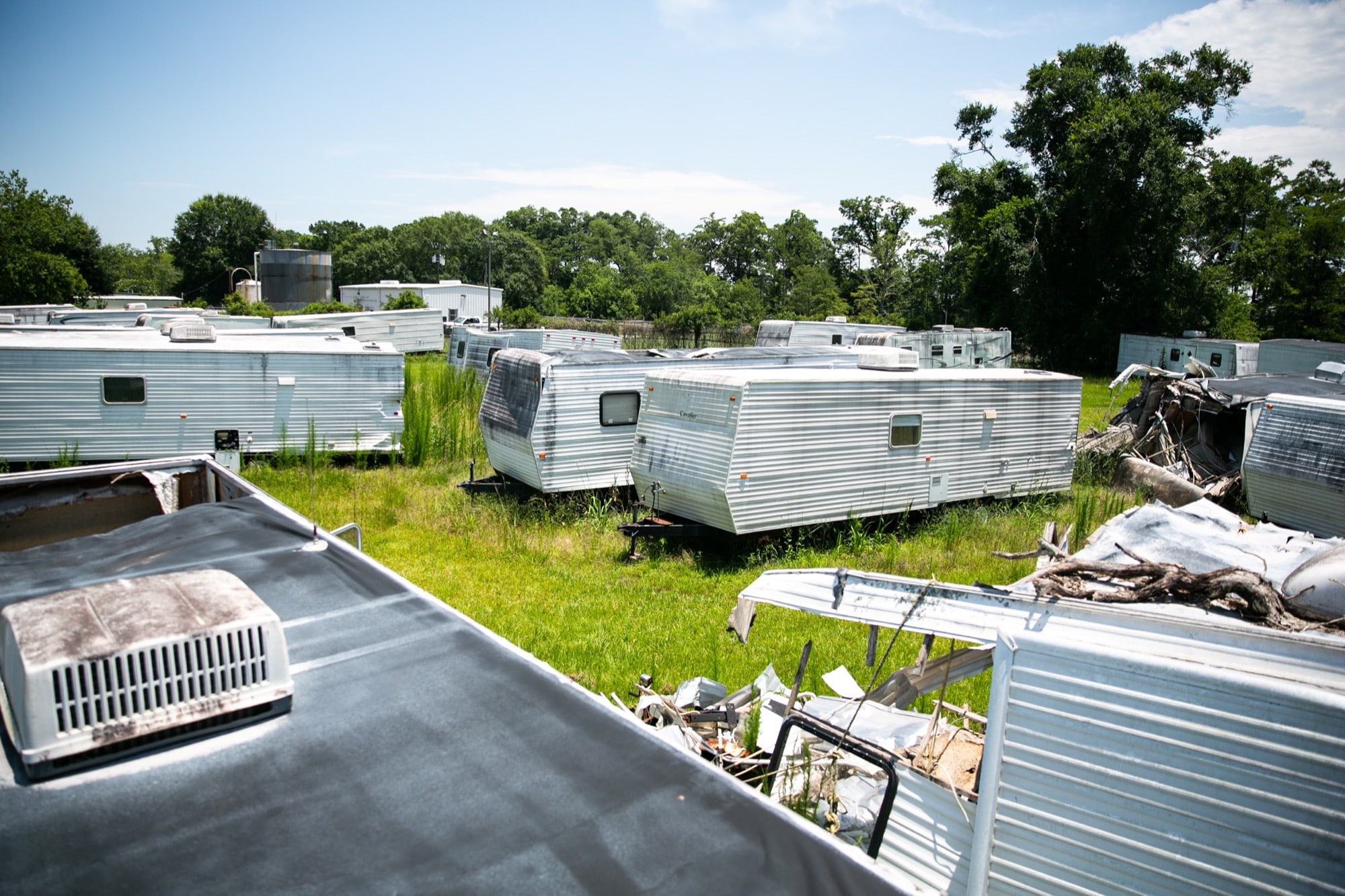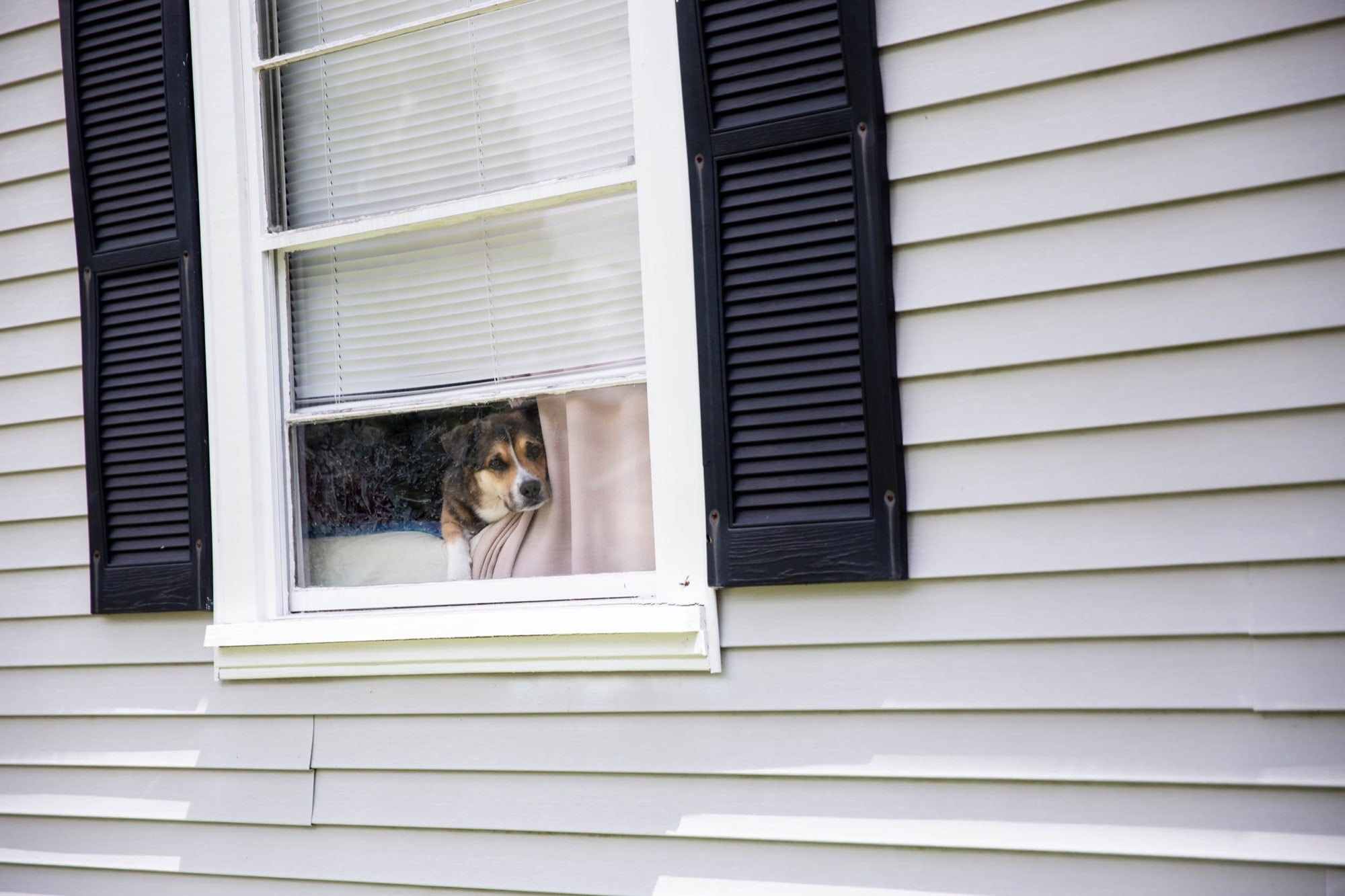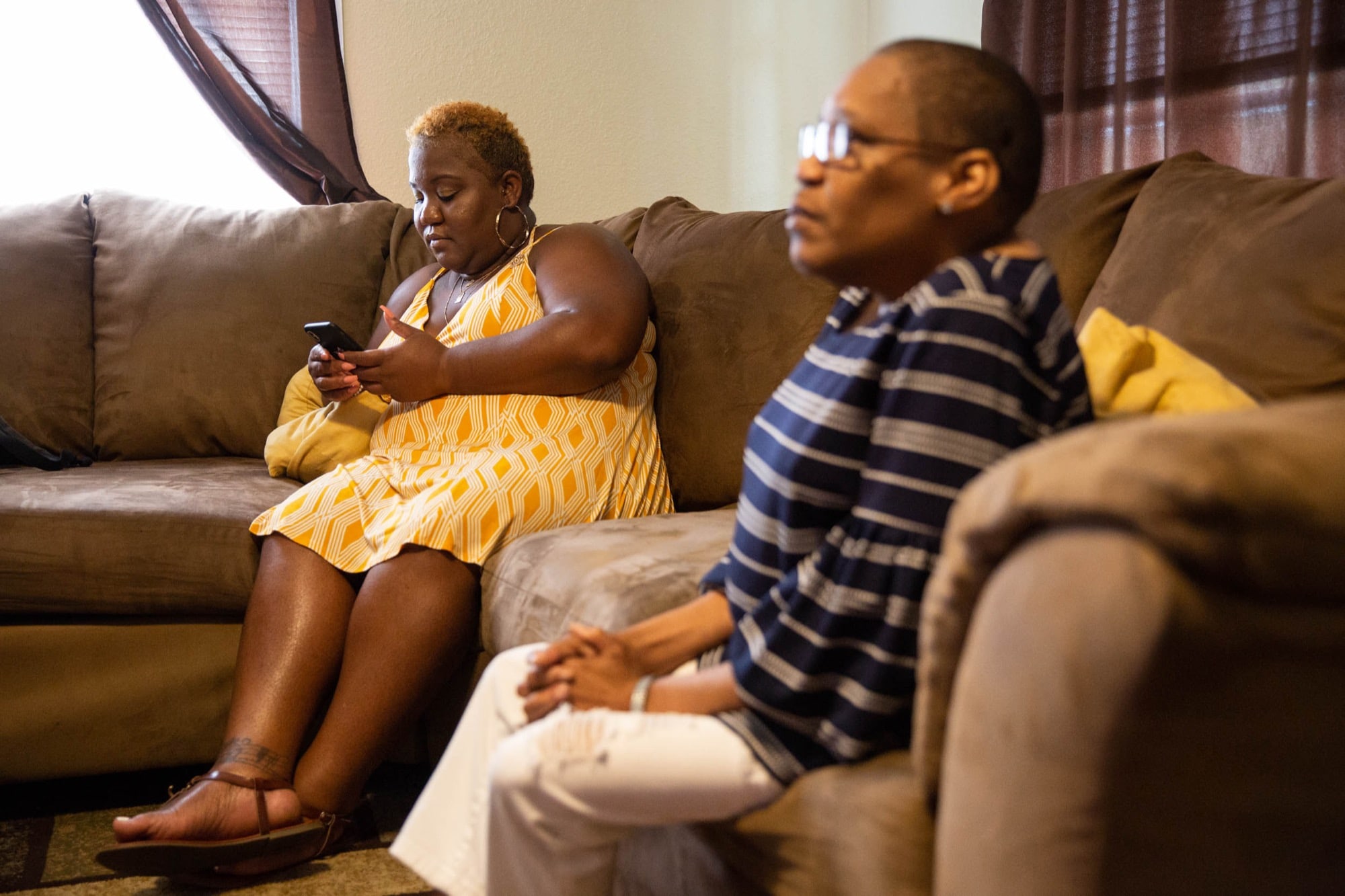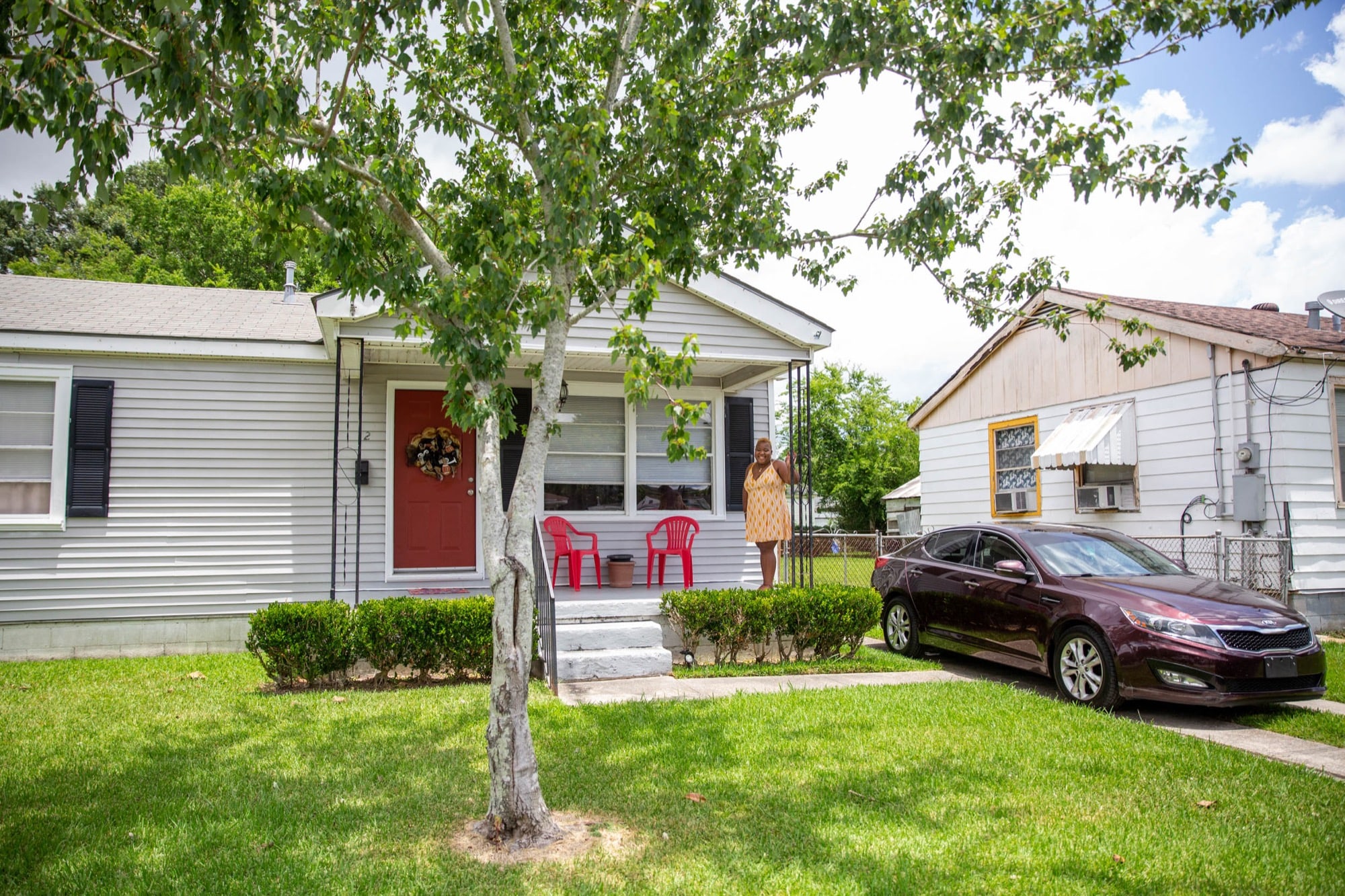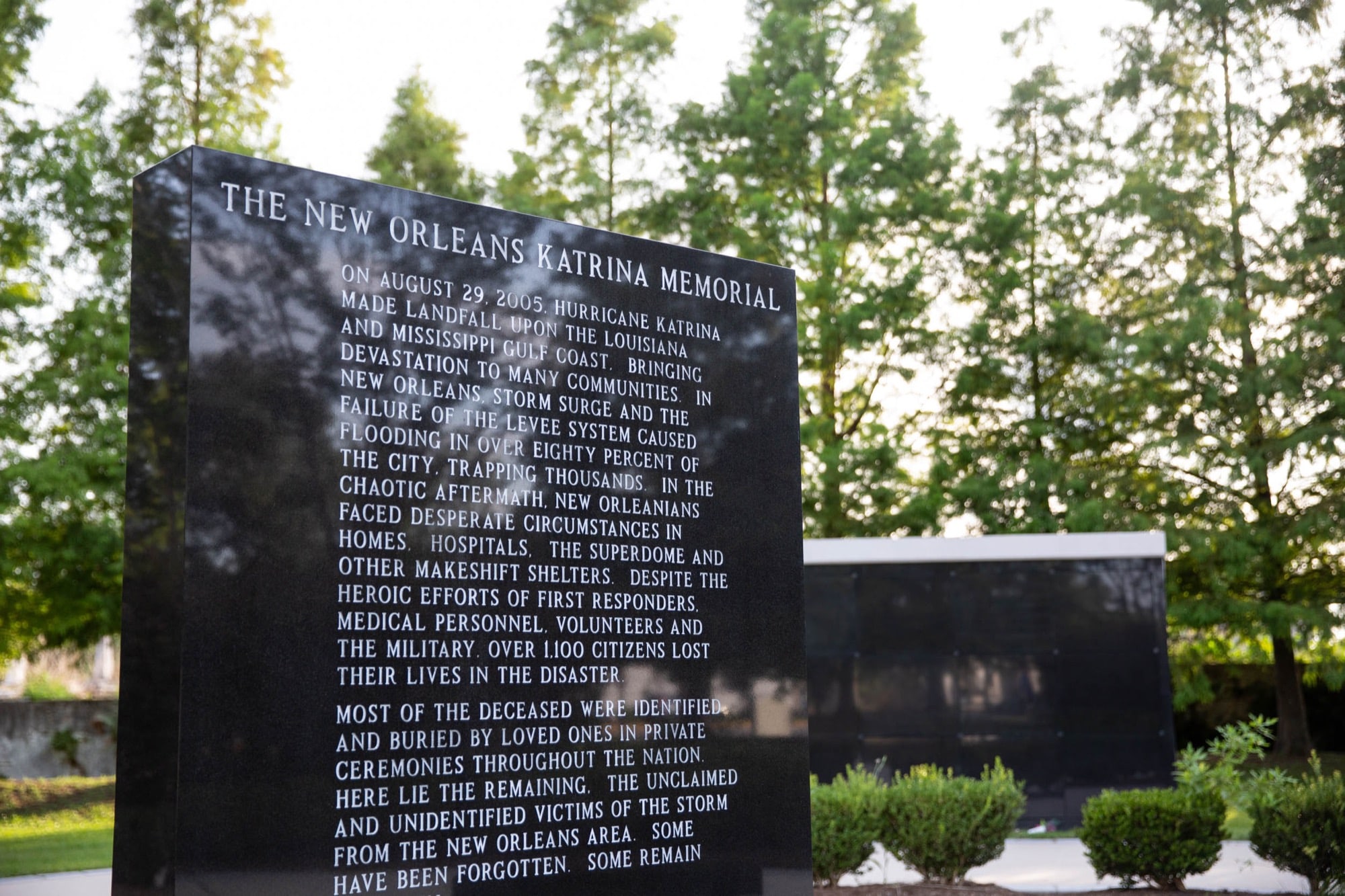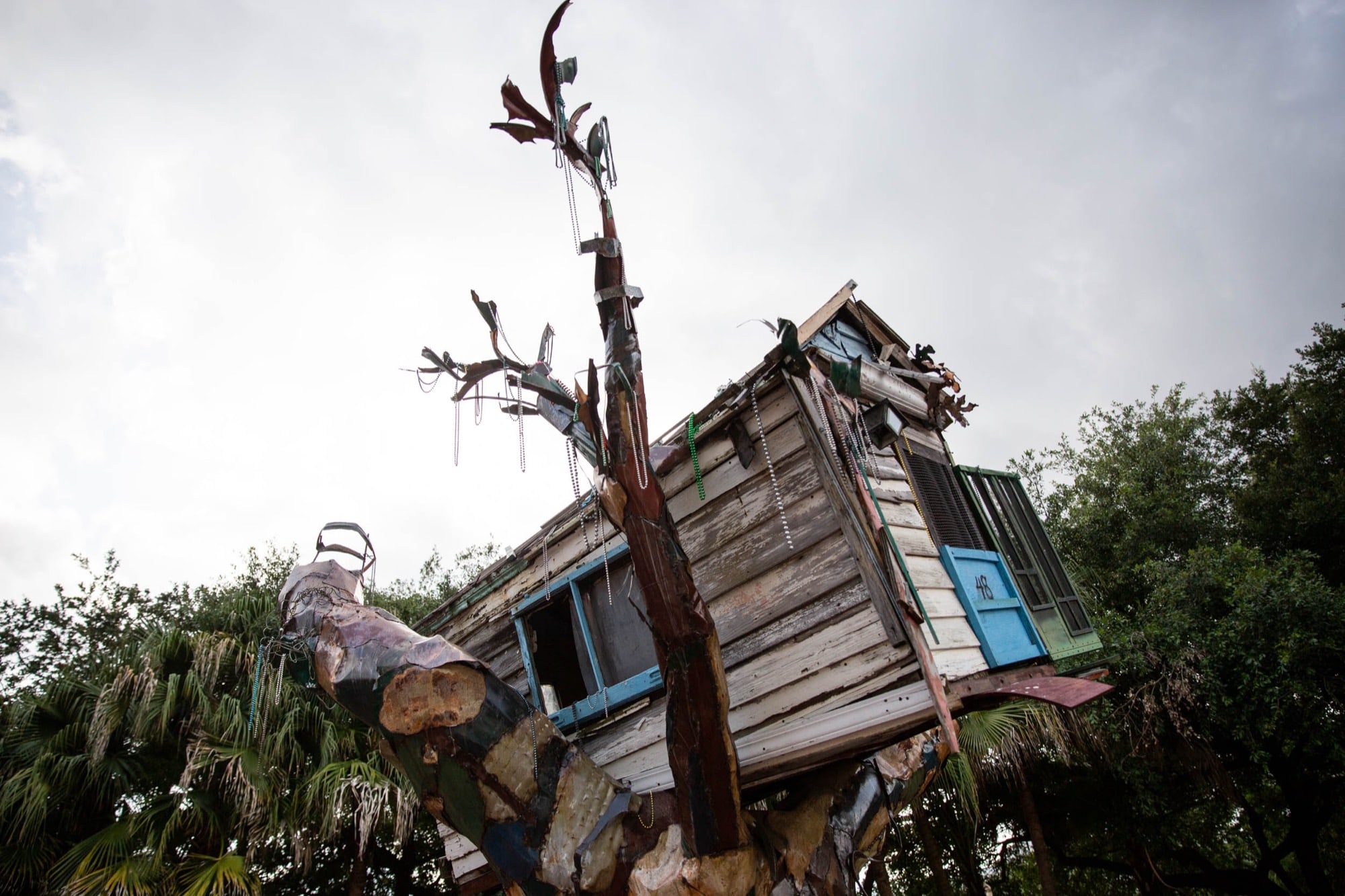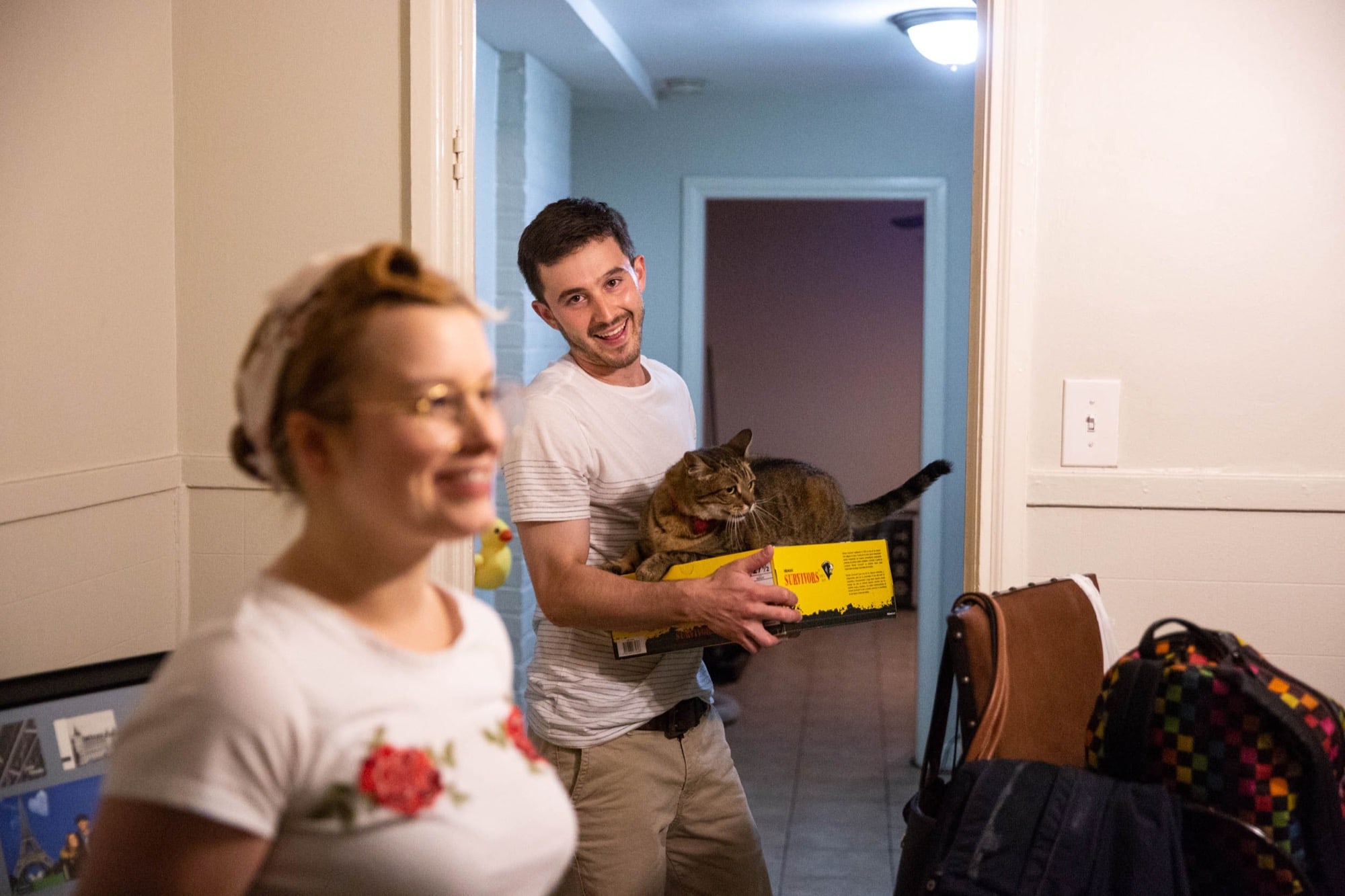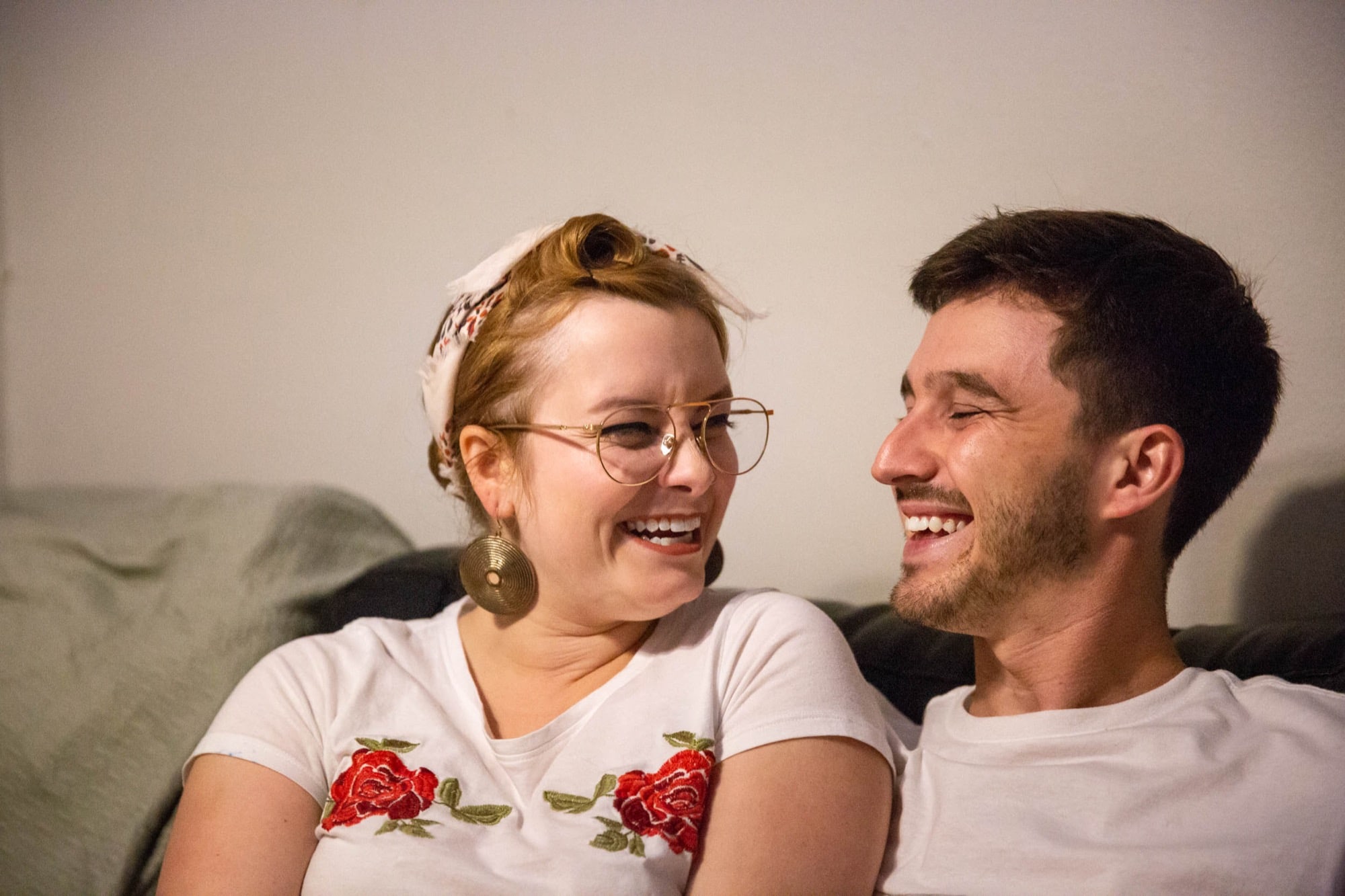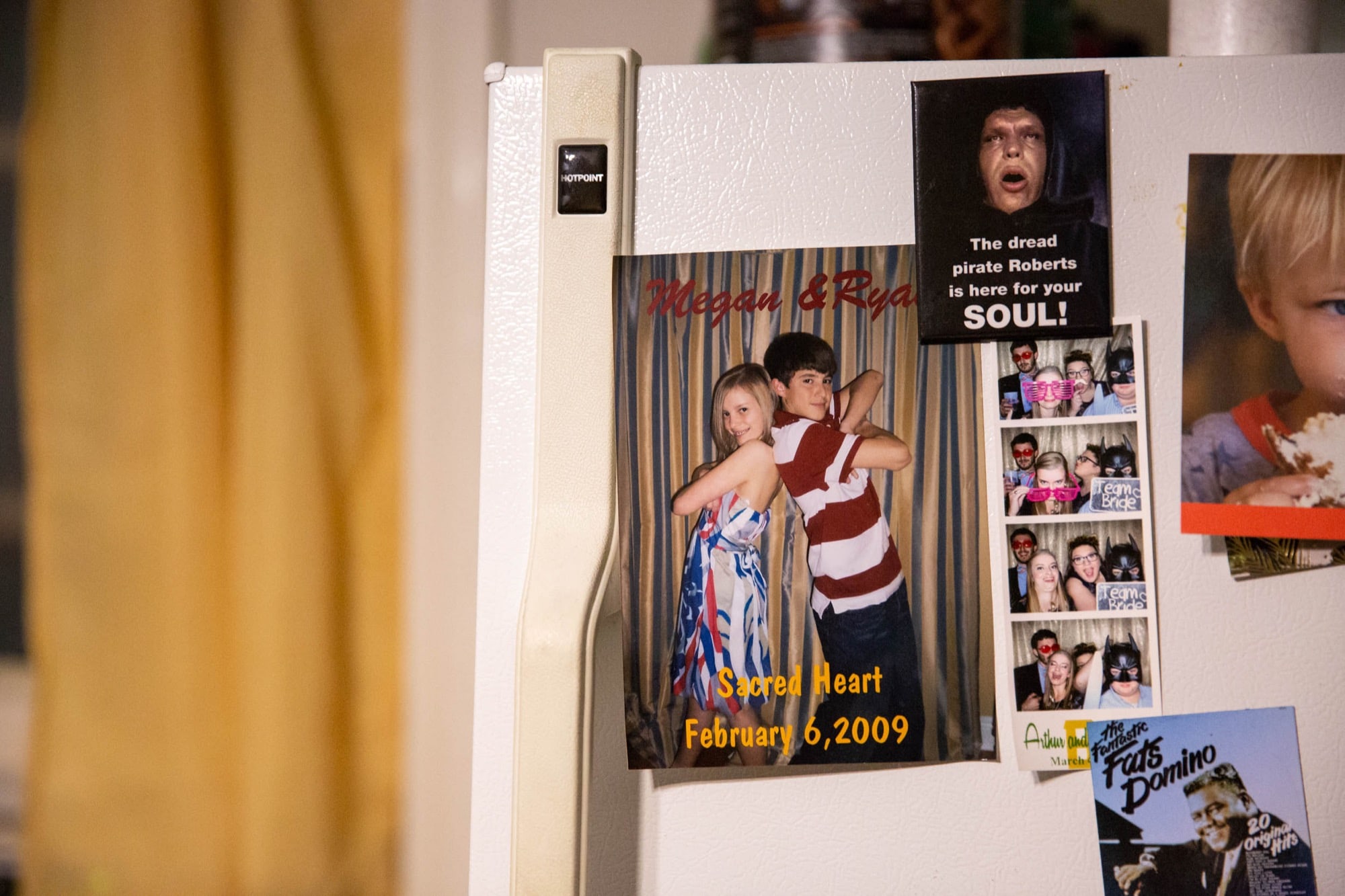Children of Katrina: The lost years
NEW ORLEANS, La. — They were children and teens, their lives disrupted by death and decimation, and even the loss of the simplest things.
For Shannon Lafferre, it was Scooby, a hermit crab, newly purchased on a trip with her father to Myrtle Beach, South Carolina. For others it was baby books, photos, treasured gifts, all lost to Hurricane Katrina in 2005. For thousands more, it was school, health care, nutrition and the social-safety networks they had known all their lives.
“I cried and cried and cried about that hermit crab, and my grandma actually yelled at me because my house was gone,” said Lafferre, now 23 and still living in Ocean Springs, Mississippi.
When Katrina devastated the Gulf Coast in August 2005, it laid bare the flaws in the nation’s disaster infrastructure. It also inspired new research into how disasters affect children, a group that had never been extensively studied.
“It’s very traumatic for a child to lose their possessions, routines, friends and familiar surroundings,” said Alice Fothergill, professor of sociology at the University of Vermont and co-author of the book “Children of Katrina.”
Flooding inundated 80% of New Orleans. Water levels up to 20 feet left thousands trapped in their homes or on rooftops, hopeless with no idea when help would arrive. Some families lost everything.
Lafferre was 9 when Katrina’s storm surges overwhelmed Mississippi’s Gulf Coast. She had one question as her mother surveyed their ruined home: What happened to Scooby?
“I wasn't allowed to be upset over the things that I lost, like my teddy bear and my hermit crab,” Lafferre said. “They thought that I was stupid to cry over the things that I lost. I was like, ‘I'm 9 years old, though. That was my pet.’”
Fothergill’s co-author on “Children of Katrina,” Lori Peek, is now the director of the Natural Hazards Center at the University of Colorado Boulder. The pair spent seven years interviewing children affected by the storm.
“People in their lives might think they’re more resilient, so there’s this idea that kids don’t know what’s going on, or they’re OK,” Fothergill said. “It’s amazing how many adults told us, ‘The kids are bouncing back,’ and then how many kids told us that they didn’t talk to their parents about what was going on because they didn’t want to stress them out.”
Disaster researchers weren’t the only ones paying more attention to children after Katrina. In 2007, the Bush administration formed the National Commission on Children and Disasters, which in 2010 released a full list of recommendations for future protocols.
In 2015, five years after the commission’s report, the aid and advocacy organization Save the Children revealed in its annual U.S. Disaster Report Card that 79% of the commission’s recommendations had not been fulfilled.
Jaimie Cummings’ life in New Orleans’ Third Ward was unstable long before Hurricane Katrina. After her grandfather died in 2004, Cummings, 14, and her mother, Sharon Cummings, were functionally homeless. They lived with one of her mother’s friends.
Cummings’ father was away getting treatment for addiction; her mom also had been an addict. Cummings had been kicked out of 10th grade for “failing and fighting.”
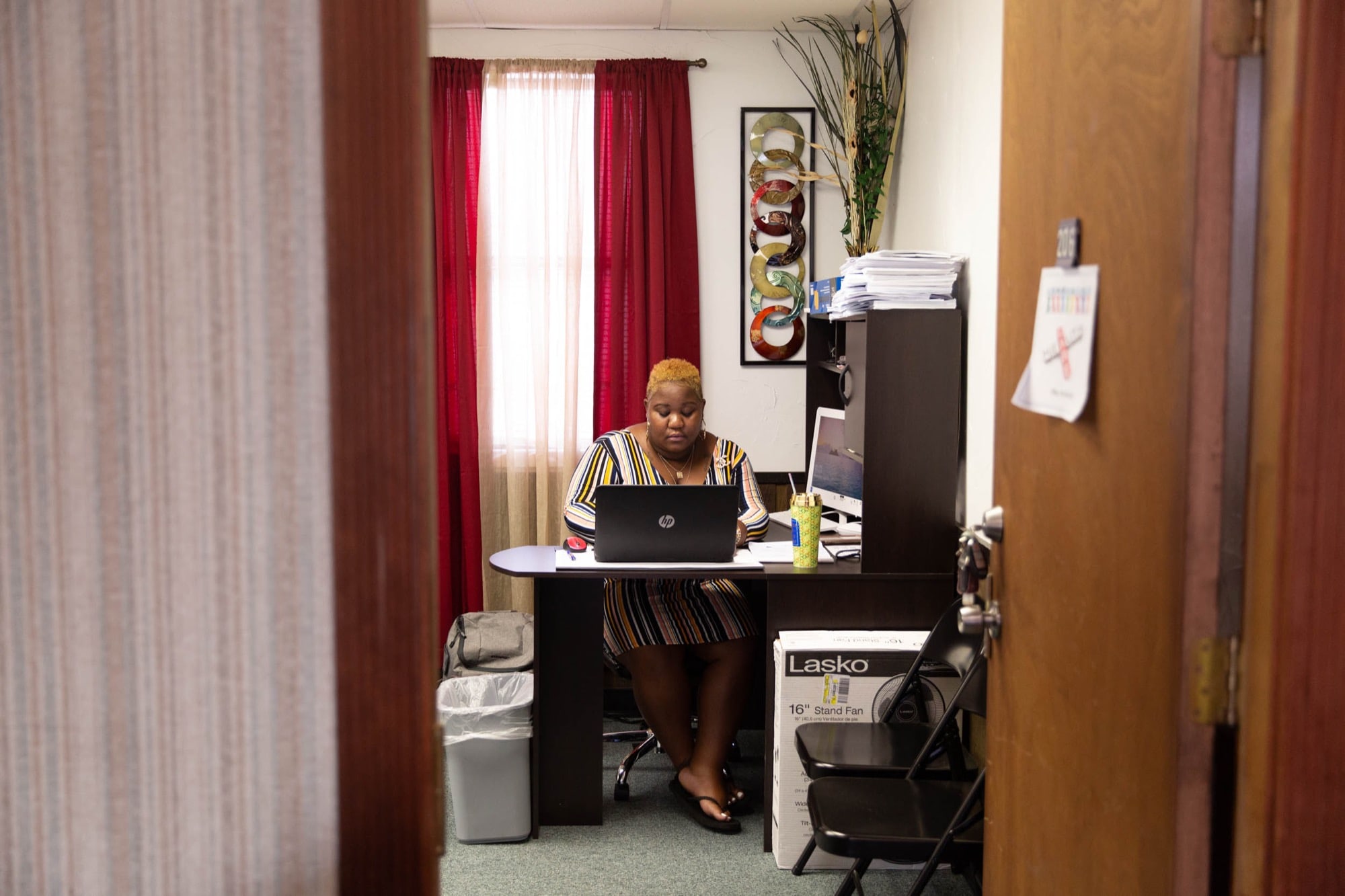
Jaimie Cummings wasn’t able to evacuate New Orleans when Katrina hit. She and family members spent five days in her uncle’s second story apartment before the Coast Guard airlifted them to safety. In July, she earned her master's degree in mental health and wellness from Grand Canyon University. (Ellen O'Brien/News21)
“Say recovery takes a year,” Fothergill said. “If you’re 35, a year is a long, awful time. But if you’re 9, a year is a huge deal. If you miss a year, you can’t necessarily get that back.”
In Ocean Springs, Lafferre, her mother and her two siblings had moved into a new house just two weeks before Katrina. After years of living with grandparents, the newly remodeled house was the first place they called their own.
“We weren’t able to keep anything in the house. It was all destroyed,” Lafferre said.
She and her siblings spent three weeks at an aunt’s house in Jackson, where they had evacuated with their grandparents. But Katrina slammed Jackson, too. Much of the city was without power and running water for nearly a month.
“We ate cold SpaghettiOs out of the can for three weeks,” Lafferre recalled. “We got to use the toilet, but we just had to dump water in it as we went. … We used oil lanterns for light. And we all just slept in the living room, piled up in the living room and slept on the floor, because it was so hot.”
Shannon Lafferre still misses the childhood mementos she lost in Katrina, and she has felt the loss more keenly since her daughter was born. “I don't even know what I looked like as a baby,” Lafferre said. “I wonder if she looks like me when I was a baby, but I don't know, because I don't get to look back at those pictures.” (Ellen O'Brien/News21)
Lafferre’s mother stayed behind for her job as a clerk for the Gulfport Police Department, which was running a shelter for the families of officers and other residents. After bringing her children back from Jackson, they lived in the shelter for two weeks before moving to Indiana.
Lafferre considers her time in Indiana, when she was in third grade, her best year. But when the family returned to Ocean Springs one year later, they found their house full of mold and almost destroyed.
“There was nothing else to do but just cry because it was just trashed. It wasn't home,” Lafferre said.
They lived in a FEMA trailer in their yard, eating ramen noodles and beans from Red Cross meals. The FEMA trailers later were found to have elevated levels of formaldehyde, which can cause nausea and respiratory issues and may be linked to cancers.
“We were constantly at the hospital with respiratory infections and viruses,” Lafferre said. “No one ever really asked how we felt, or what it was like going through that. They figured, I guess, that we could handle it. We had to deal with it.”
